Limitation Exercises or: How Playing Guitar Saved My Photography
Before I was a photographer, I was a musician. I was the “practice for 10 hours a day until my fingers bleed” sort of musician. About 8 years after I picked up my first guitar, I found myself a graduate of Berklee College of Music. I had a wealth of musical knowledge, and a ton of sweet gear – from custom shop guitars to collectable amplifiers and a small army of effect pedals and accessories. It was up to me to take all of that knowledge and gear and make something amazing happen. Something earth-shattering. Something that would set me apart from all other musicians and propel me through the stratosphere and into stardom. Except, that didn’t happen. Instead things just kind of…stalled out. You know?
So, why am I talking about music on the world’s most popular photography blog? Have you figured it out yet?
My photography career (and maybe yours as well) mirrored my experiences with music almost exactly. Luckily, there has been one big exception. This time, instead of remaining stalled I’ve been able to reboot my photography in a big way, and I’d love to talk to you about it. If you don’t mind listening, that is.
A few years into my photography career I found myself with several camera bodies, nearly a dozen lenses, a cavalcade of flashes, strobes, modifiers, stands, backdrops, and endless miscellaneous accessories. Hadn’t I been here before?
Every time I made a photo, it was a huge undertaking. If I was creating a simple portrait, I would try to use as much gear as possible in a constant attempt to reinvent the proverbial wheel. I was also trying my hand at every style – from simple black and white portraits to elaborate composites.
Before I knew it, what started as a passion had become a job. I was photographing weddings to pay the bills and, while I didn’t hate it, I certainly didn’t love it. Things got to the point where I didn’t want to take my camera anywhere if I wasn’t getting paid for it. Taking a photo was simply too much work to be bothered with. The transition from passion to work also coincided with the quality of my photography beginning to plateau. I felt uninspired and unmotivated. I’d hit a wall, and I knew something needed to change.
One evening last spring I was sitting in my living room playing my black Fender Strat (lovingly nicknamed Malificent), when the answer suddenly came to me. Limitation exercises.
You may be asking – what the heck is a limitation exercise? If you’re musician, you’ll get this analogy immediately. If you’re not a musician, hang with me anyways. I’m sure you’ll pick it up.
A guitar has 6 strings and roughly 20 frets. We’re talking 120 total possible notes from which endless combinations can be made! When presented with so many options it’s easy to get overwhelmed.
What do I do with all of this? Where do I even start?
Is this beginning to sound familiar?
A limitation exercise involves limiting some aspect of your creative process. It’s a concept I had used for years whenever I felt my guitar playing had grown stale.
The limits you choose to set upon yourself are arbitrary, but here’s the guitar example I was working with the night inspiration struck. I had limited myself to using just 4 notes to create an epic rock solo. So, what could I do with only 4 notes? Quite a lot, it turns out. To top it off, I found myself playing all sorts of cool and different things I would never normally play, and I was having a blast doing it! Have I hammered this metaphor in enough yet?
I thought to myself – if limitation exercises can get me this excited about my guitar playing, maybe I can apply the same concept to my photography. Maybe I could take just “four notes” and make something worth talking about.
I knew I needed to make a change and commit, so I made a pact with myself to dive in and not look back.
So what limitations would I set? Should I try to shoot exclusively at f/22? Should I make portraits only at noon? Should I shoot everything on a yellow backdrop?
Here are the limitations I decided to apply to my photography:
- I would choose only one lens and one camera body to shoot with.
- I would use only one light source.
- I would photograph only individual portraits.
- I would keep each portrait session to under 5 minutes.
- I would photograph “normal” people; friends, family, and interesting people I met.
- I would shoot with these limitations for 1 full year.
- I would do it all for free.
So, let’s all nerd out for a minute and talk about the gear I chose and why I chose it.
For my camera body, I wanted to shoot with the Fuji GFX50S. I’ve always had a fascination with the look of medium format cameras, but their cost has always been wildly prohibitive. When this camera was announced with it’s (relatively) low price point, I knew it was my moment to make the jump. So I went for it. Luckily, I love it.
For my lens, I decided to shoot with the Fuji GF 63mm (basically a 50mm equivalent on a full-frame camera). Ok – I know I’m not supposed to take portraits with such a wide lens. I get it! However, since I could only use one lens for this year-long experiment, I wanted a lens with a familiar focal length, and I’d always loved my 50mm. I also wanted a lens that would give me some flexibility when shooting in all sorts of different spaces. Are my images slightly more distorted than they should be? Maybe. But I’ve got to be honest – I don’t really care. We guitarists love distortion.
For my one light source, I left myself two options. Either the Profoto B1 (usually with a beauty dish), or the Wescott Icelight. Both of these lights are extremely portable and produce beautiful light. Since I wanted a “run and gun” sort of setup, these were the perfect fit.
So here’s what I love about this setup. Say, for example, I’m walking around with a few friends. I can pop my one camera and my one lens and my one light into a small backpack, and stop for 5 minutes here and there to make some quick portraits. It doesn’t have to be a huge production, but I can still make great photos that I’m proud of. What could be cooler?
So with my gear chosen, there were still a few of the more “logistical” limitations.
I wanted to limit the length of my portrait sessions to 5 minutes or under – which may sound crazy to a lot of people. I knew the time limit would be tough, but I wanted to challenge myself to think on my feet. I didn’t want to get bogged down in possibilities. I just wanted to see where my eye took me naturally, and try to make the best photo possible in the time I had. Because I didn’t have to worry about questions like “which lens?” or “how many lights?” I found myself working faster and more comfortably than I ever could have imagined.
I also wanted to photograph “real people”. I didn’t want to rely on models, people dressed in high fashion, or in heavy makeup. I just wanted to photograph the people in my life the way they really are.
I didn’t want to take any money from any of my portrait subjects because when it came down to it, this was personal work. This project was a quest to help find my voice as a photographer and I didn’t want the process to be skewed by the expectations of paying clients.
And finally, I wanted to shoot with these limitations for an entire year. I knew that if I tried this experiment for only a week, I’d be right back where I started the following week.
A year may seem like a long time, but it felt right to me.
The big question is…how did this experiment turn out? All of the photos in this blog post were taken over the last year with these limitations in place – so check them out and draw your own conclusions. It’s possible you hate all of my portraits, and that’s okay! In my own opinion, I couldn’t be happier with the work I’ve been making since implementing my limitation exercise. I feel that for the first time in my decade-long photography career I’m beginning to develop my own artistic voice.
I feel more comfortable creating portraits than ever before. Most importantly, I feel inspired to keep going. I’m just a few short months away from my one year goal, and I’m looking forward to switching things up slightly in the future. I’m not sure what the change will be, but I know that what I’ve learned this past year will act as a rock-solid foundation for my photography moving forward.
Sam Haddix is a portrait photographer from Boston Massachusetts, a graduate of Berklee College of Music, a lover of professional wrestling, and one half of Dog Breath Photography alongside world-renown dog photographer Kaylee Greer.
You can see more of Sam’s work and connect with him on Instagram, Facebook, and at SamHaddixPhotography.com.
The post Guest Blog: Portrait Photographer Sam Haddix appeared first on Scott Kelby's Photoshop Insider.
from Scott Kelby's Photoshop Insider https://ift.tt/2s7pdg9
via IFTTT

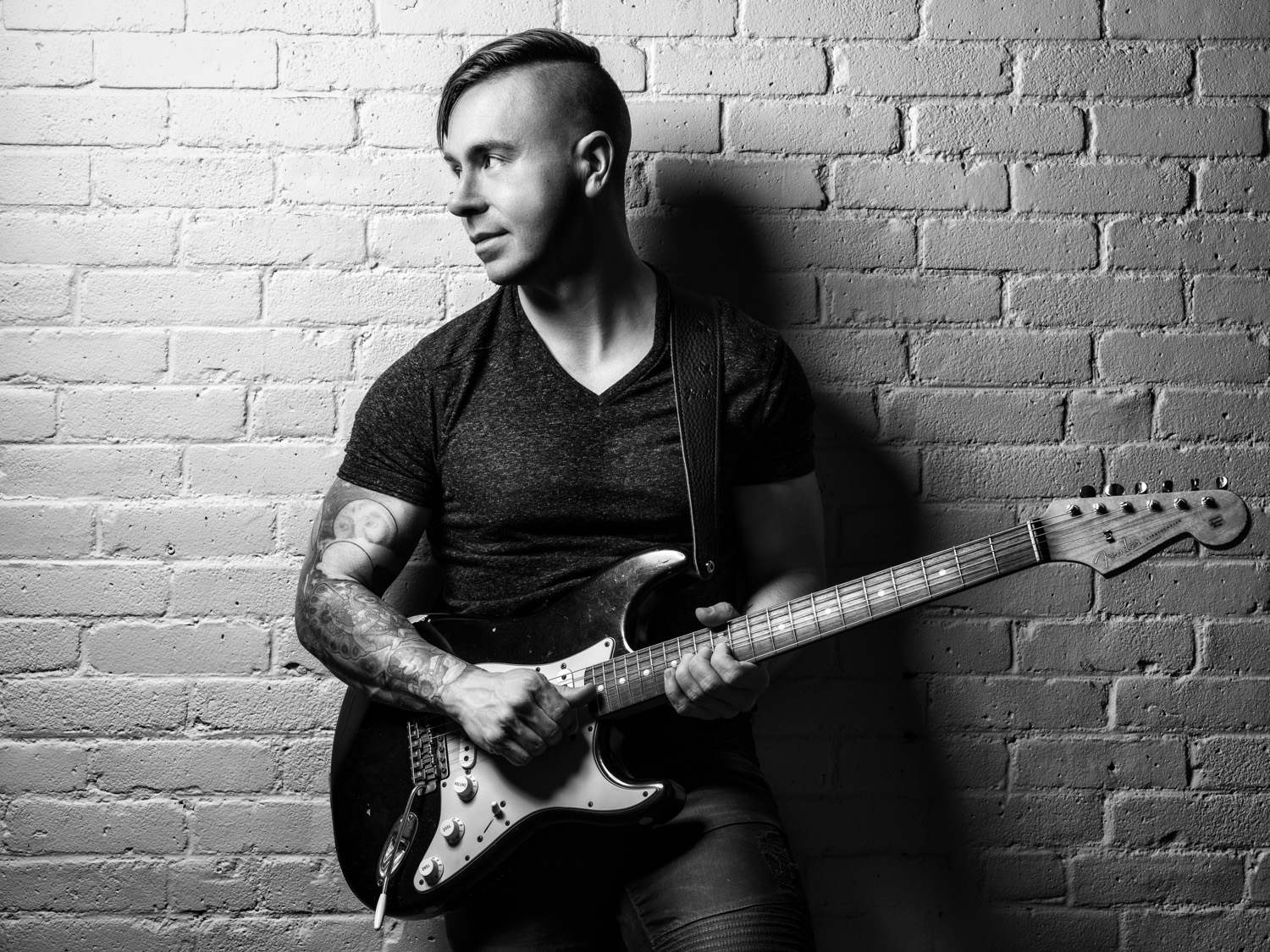
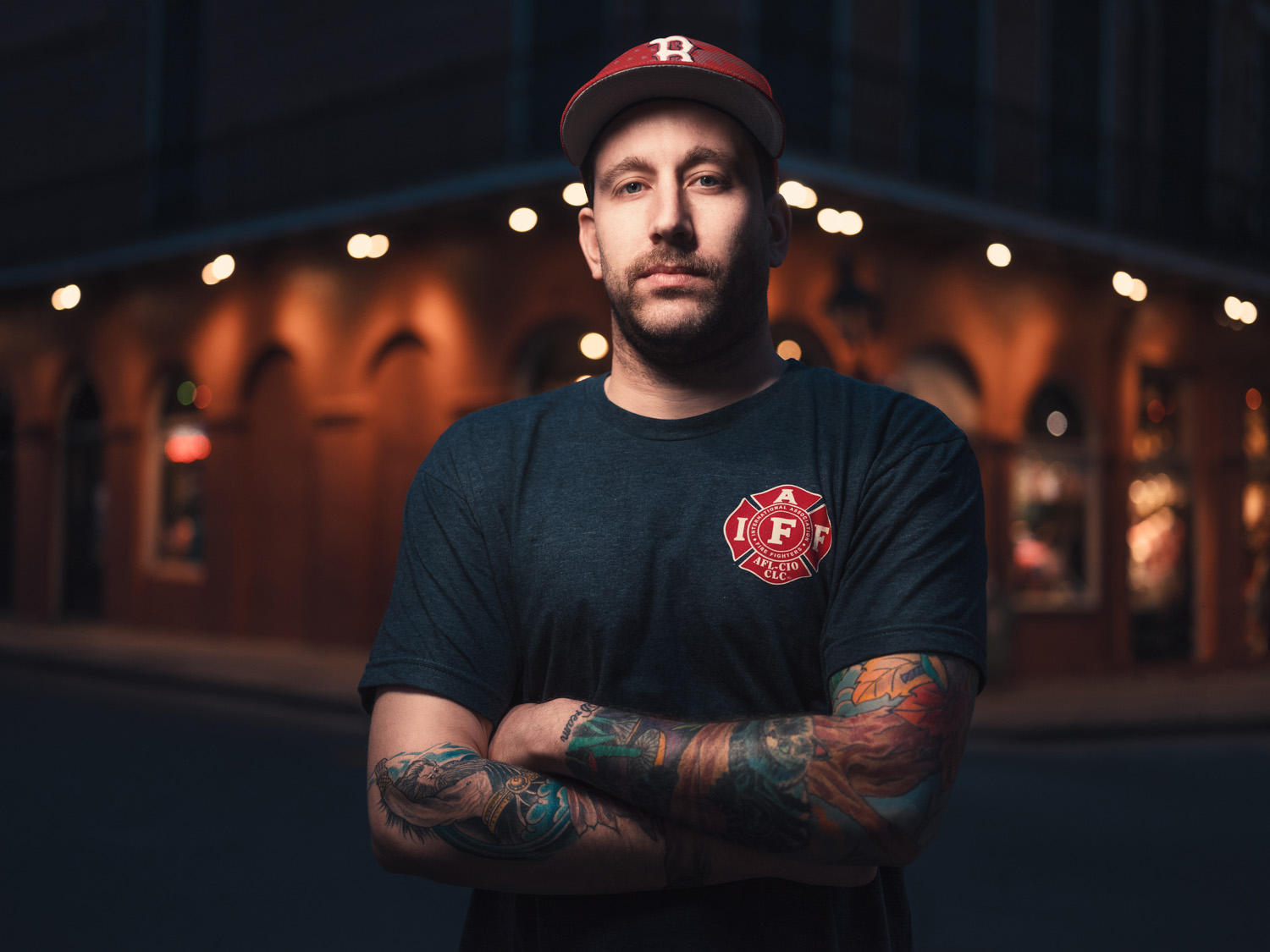
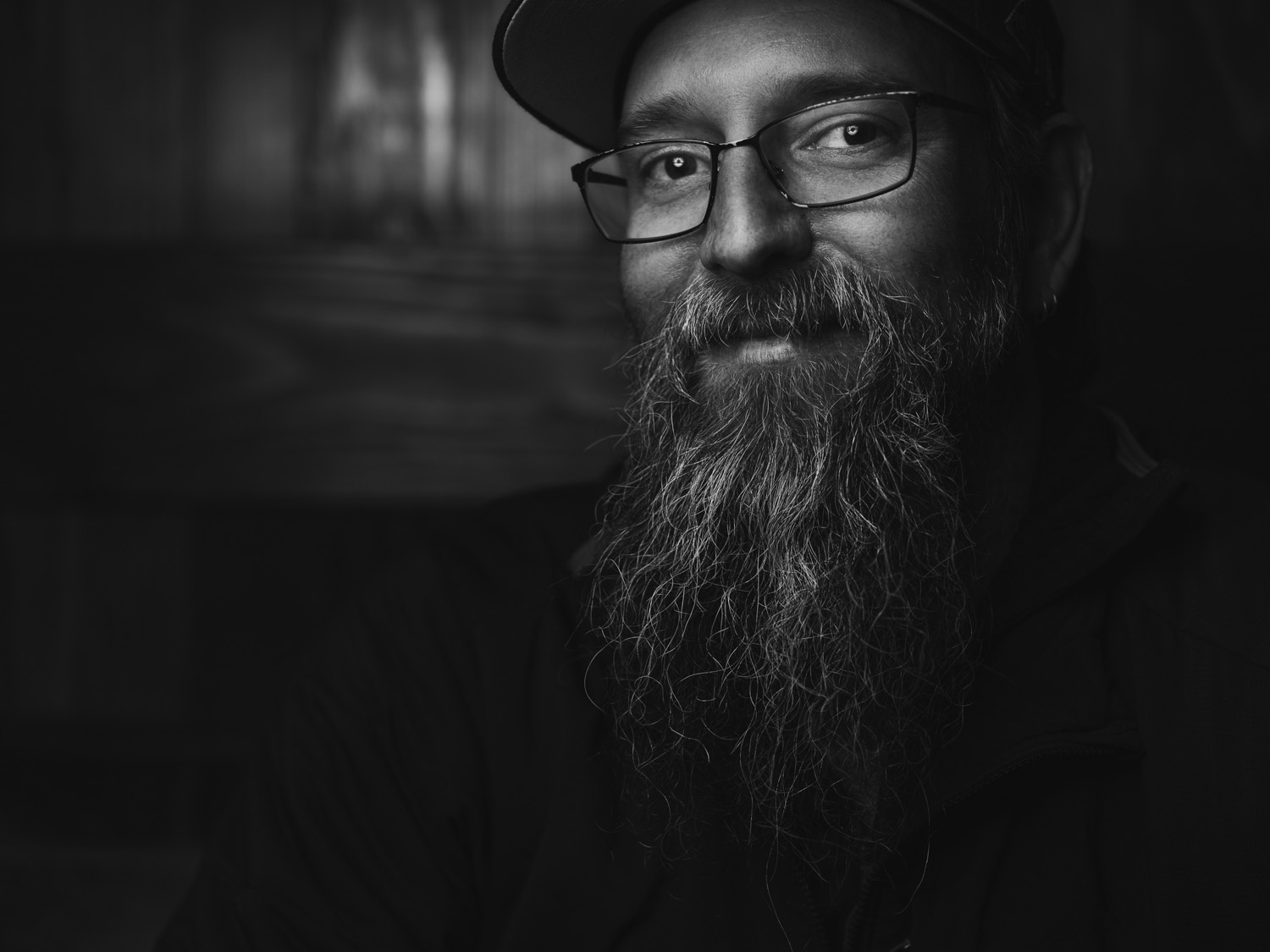
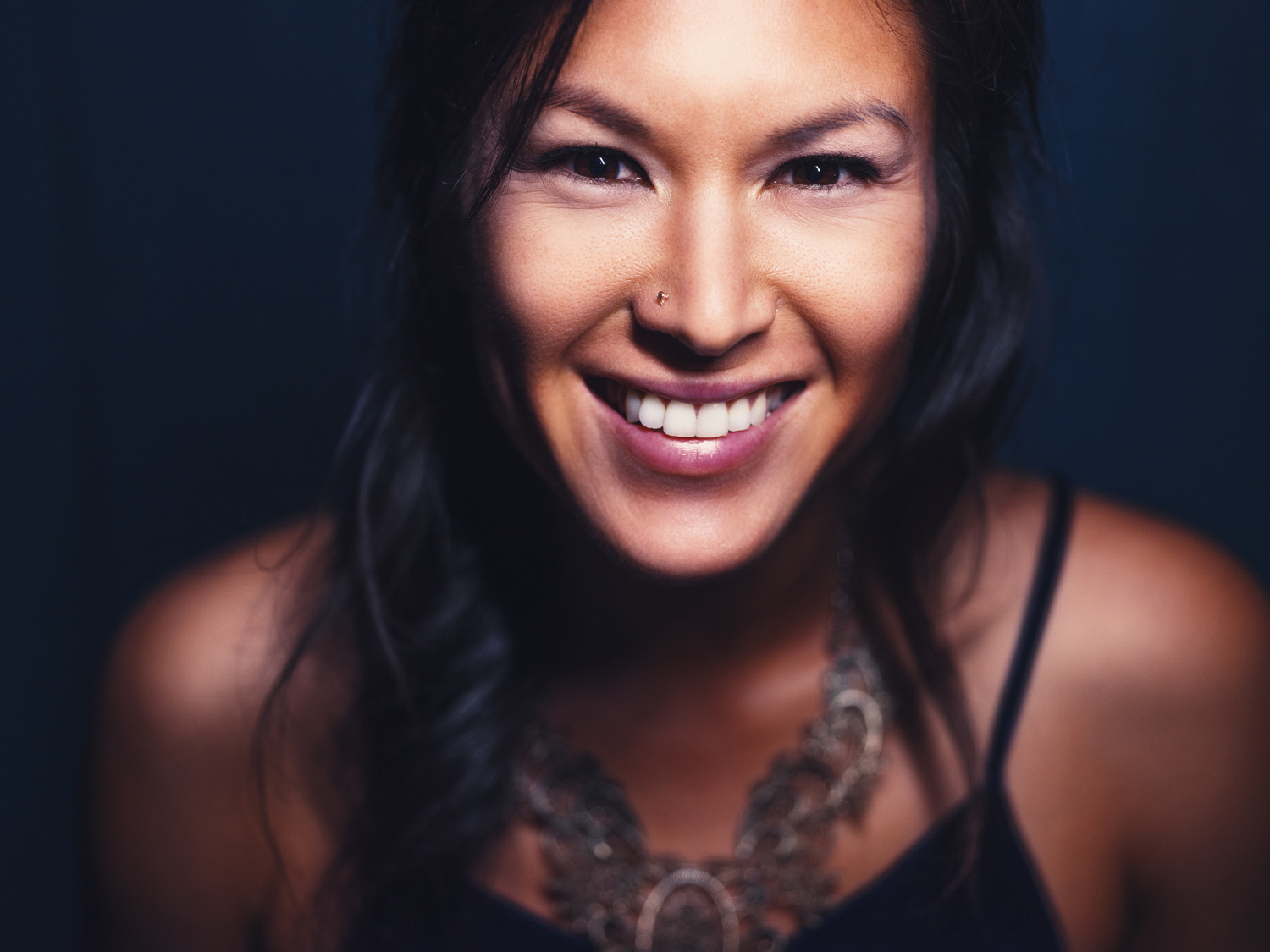

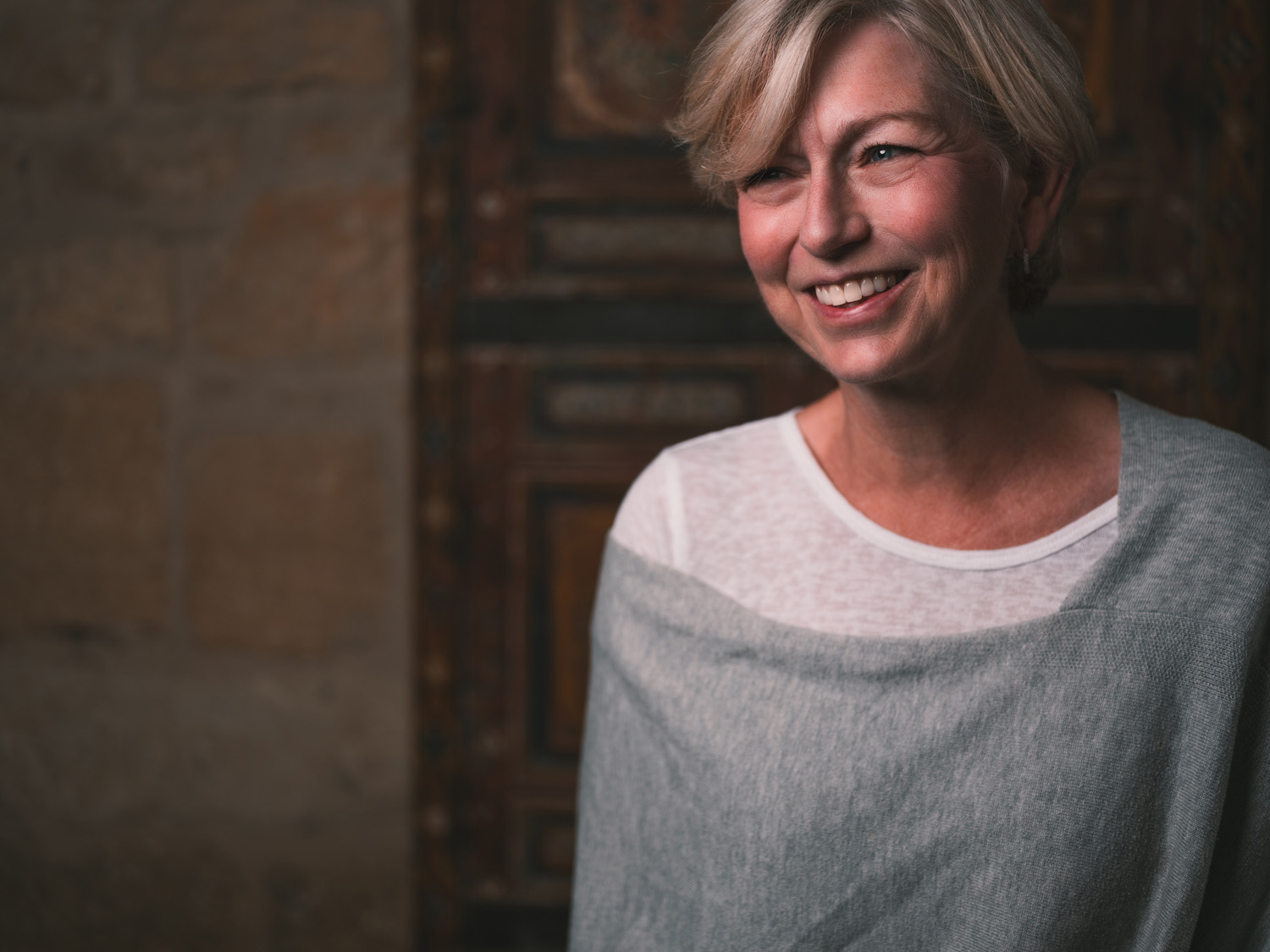

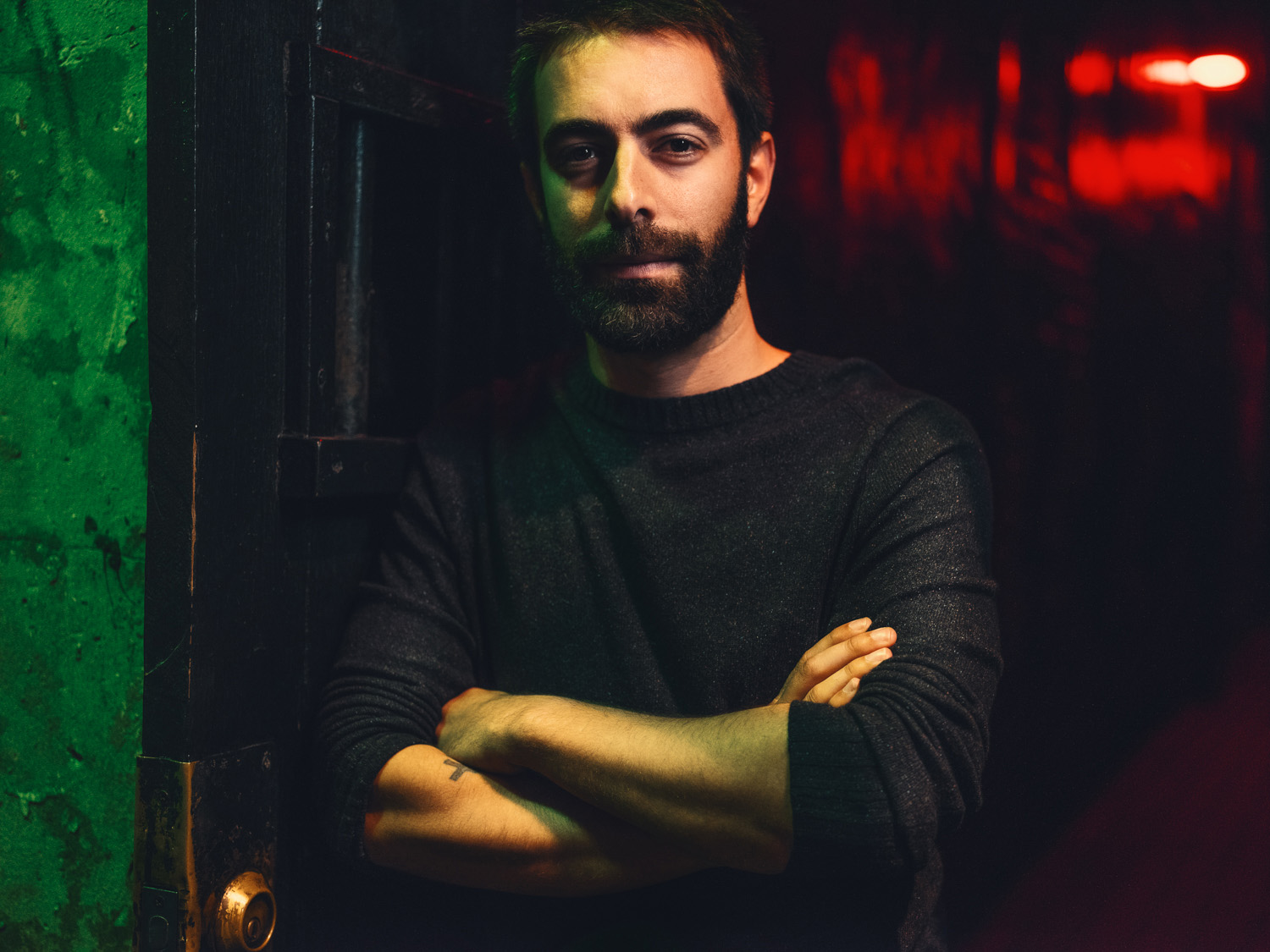

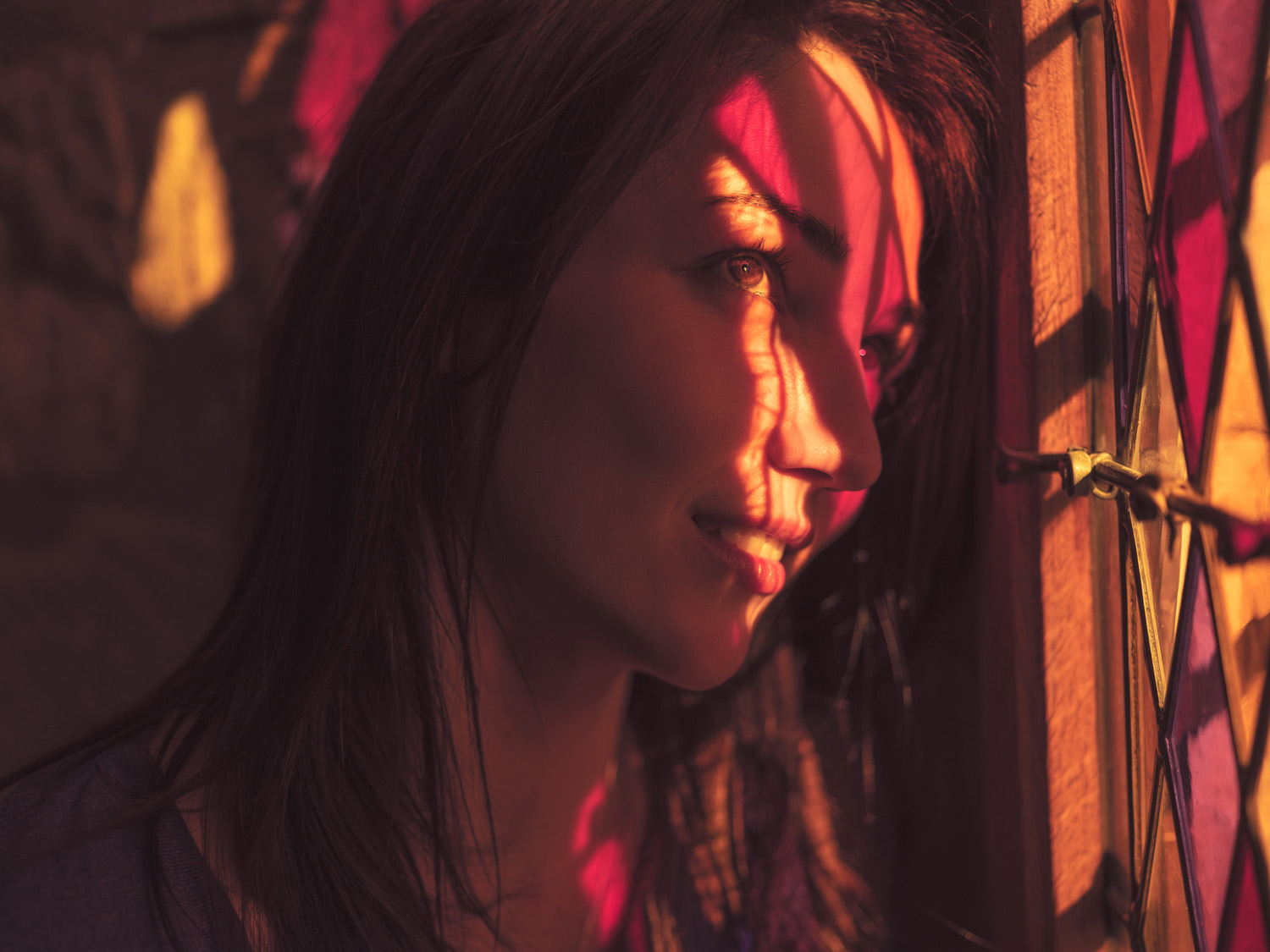

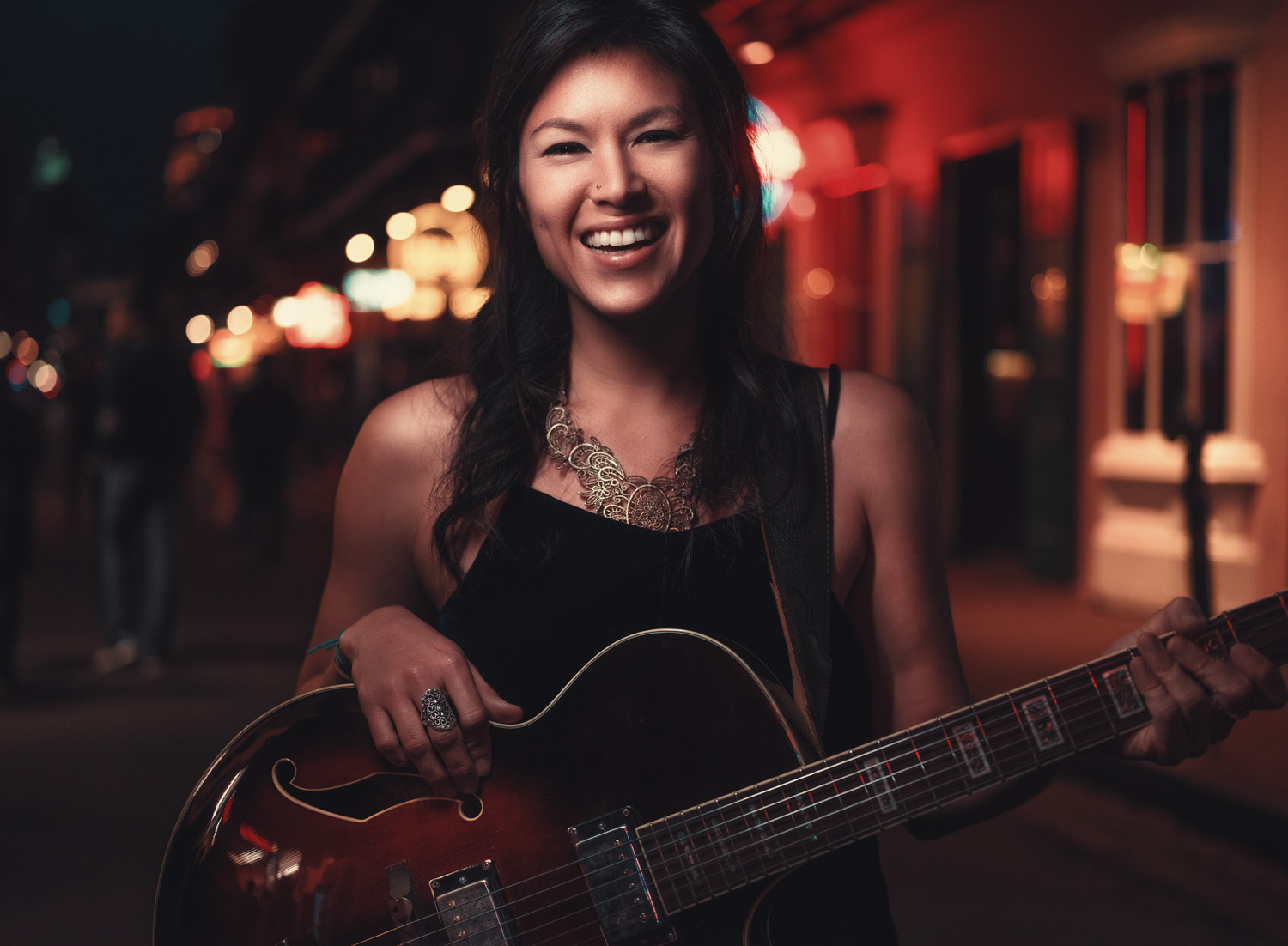

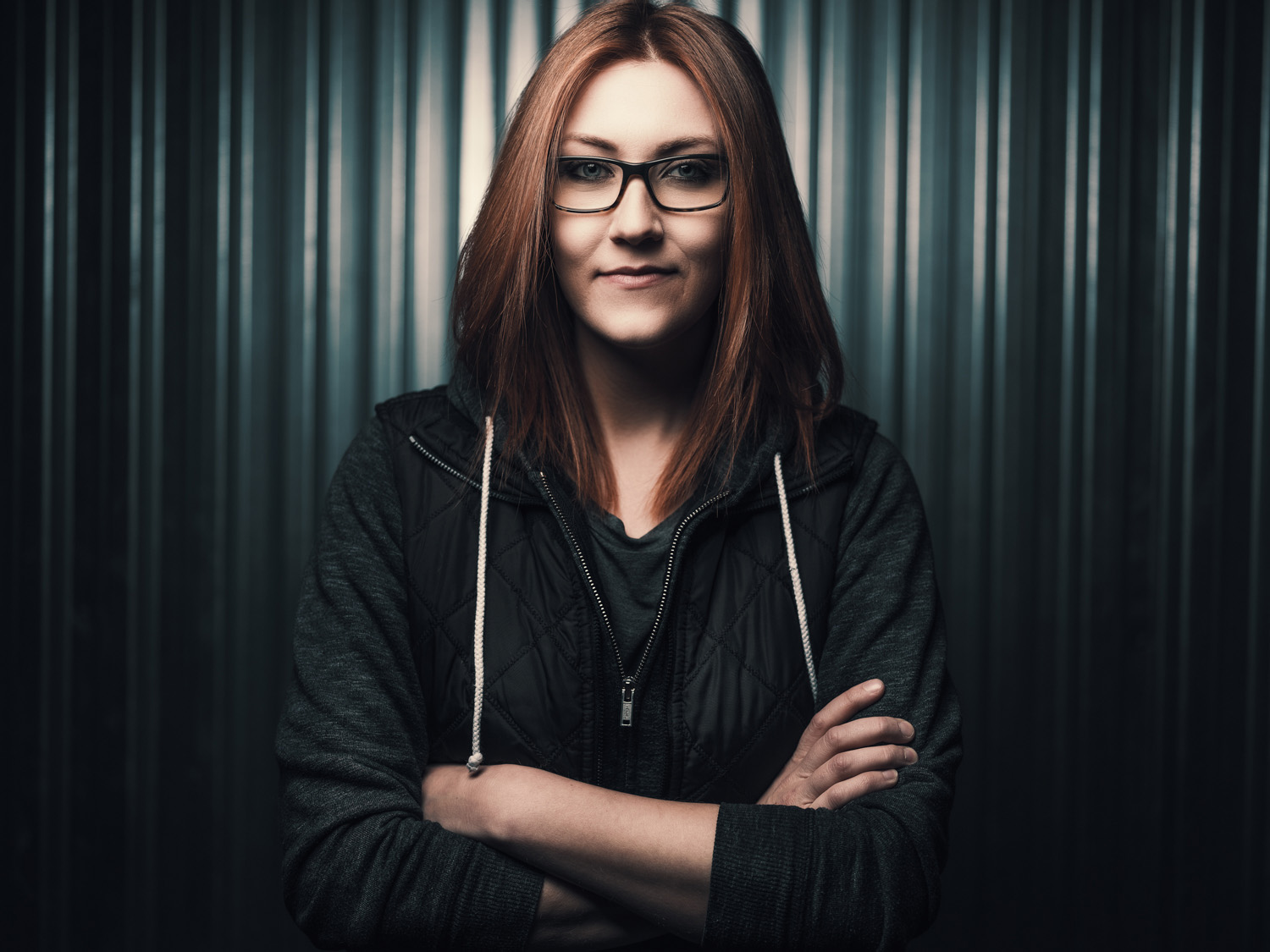

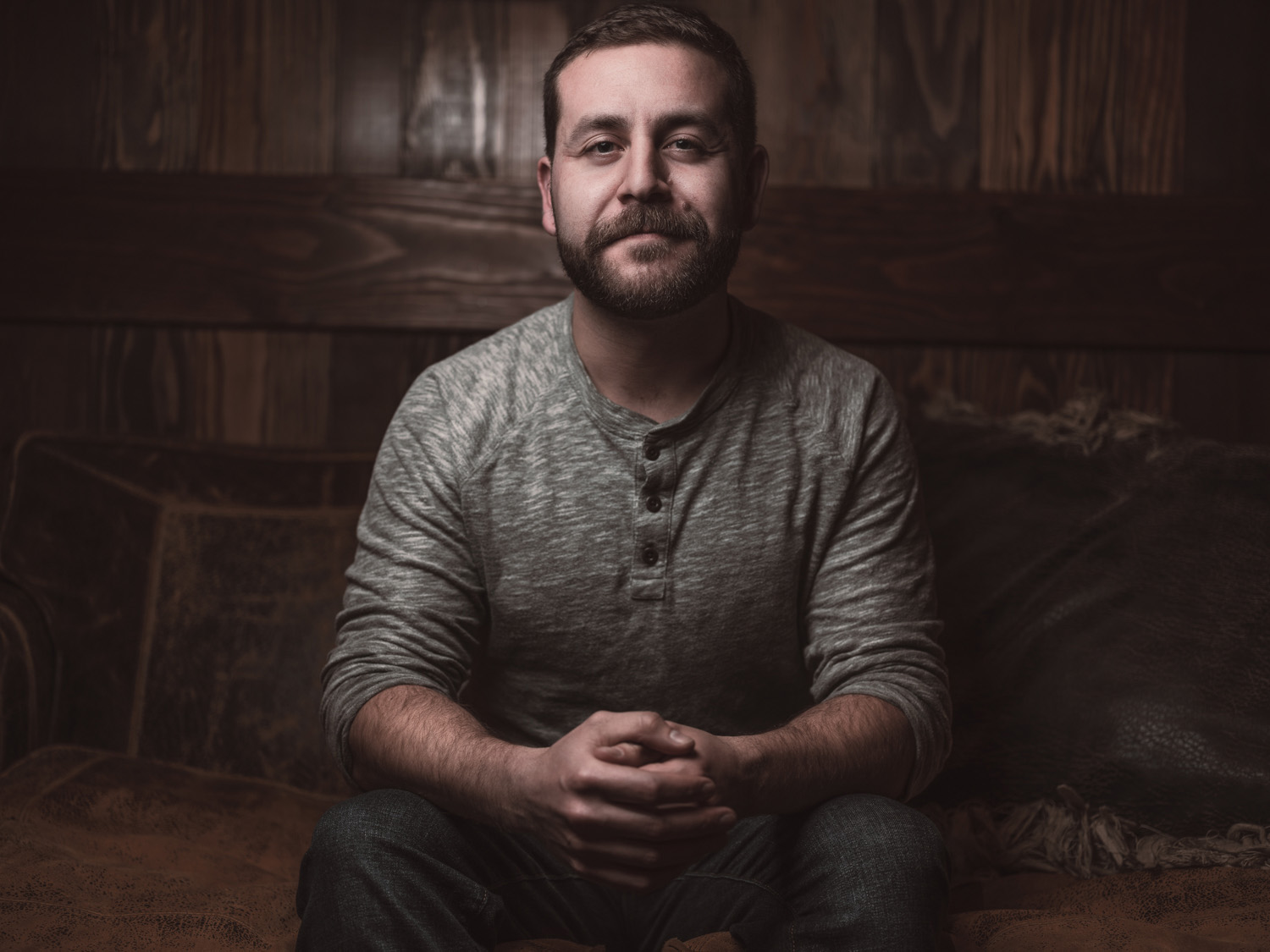

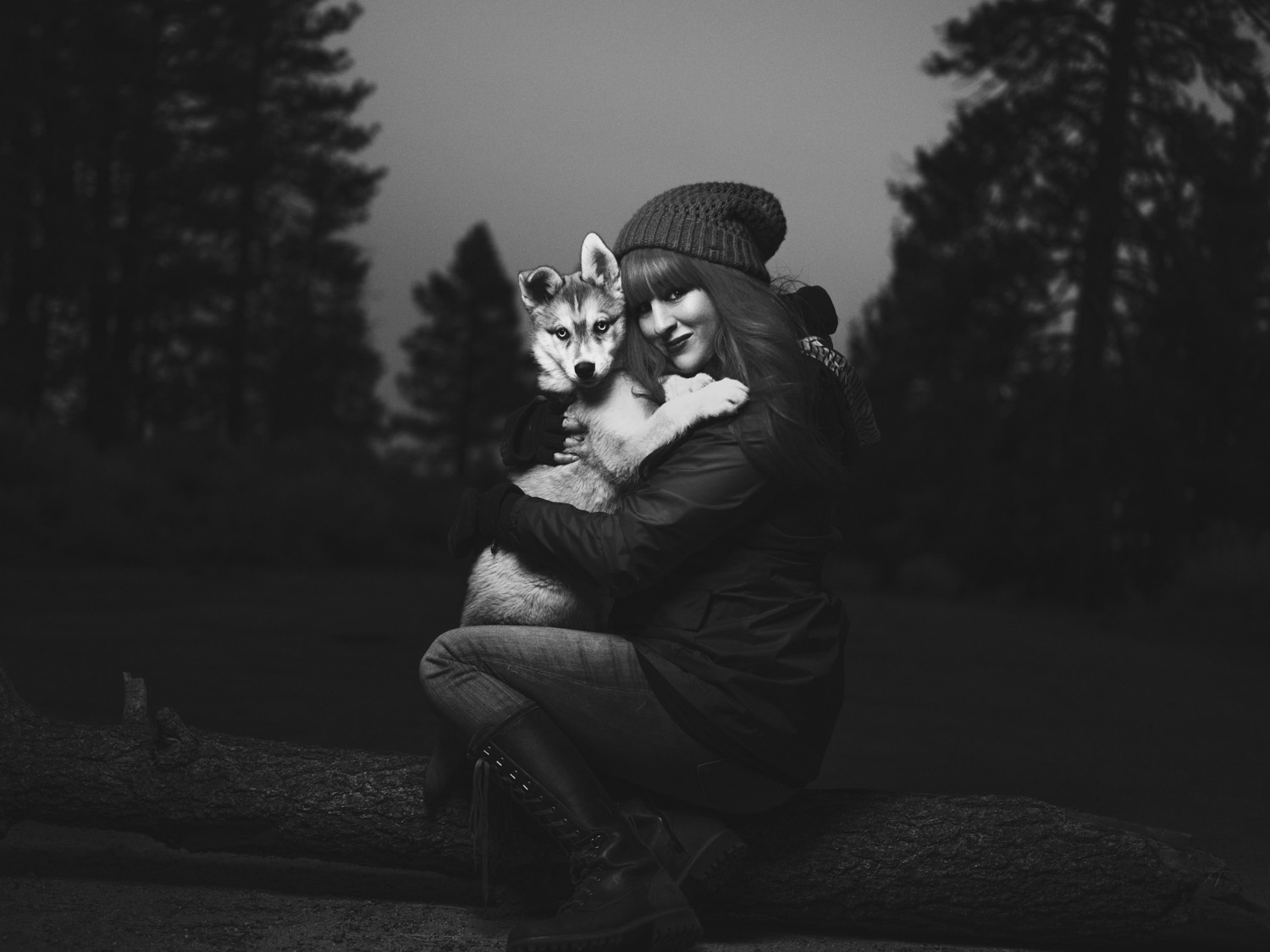
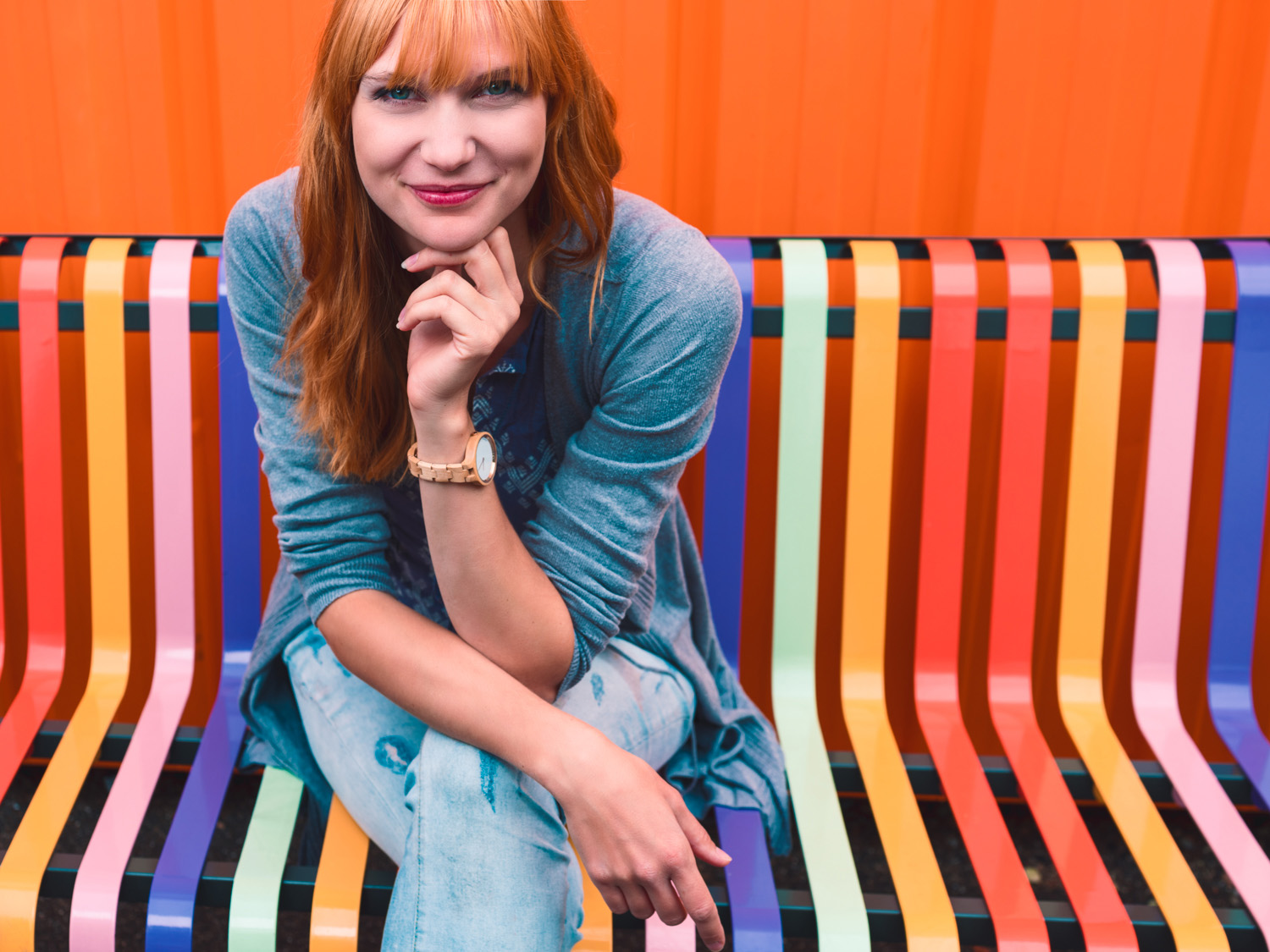
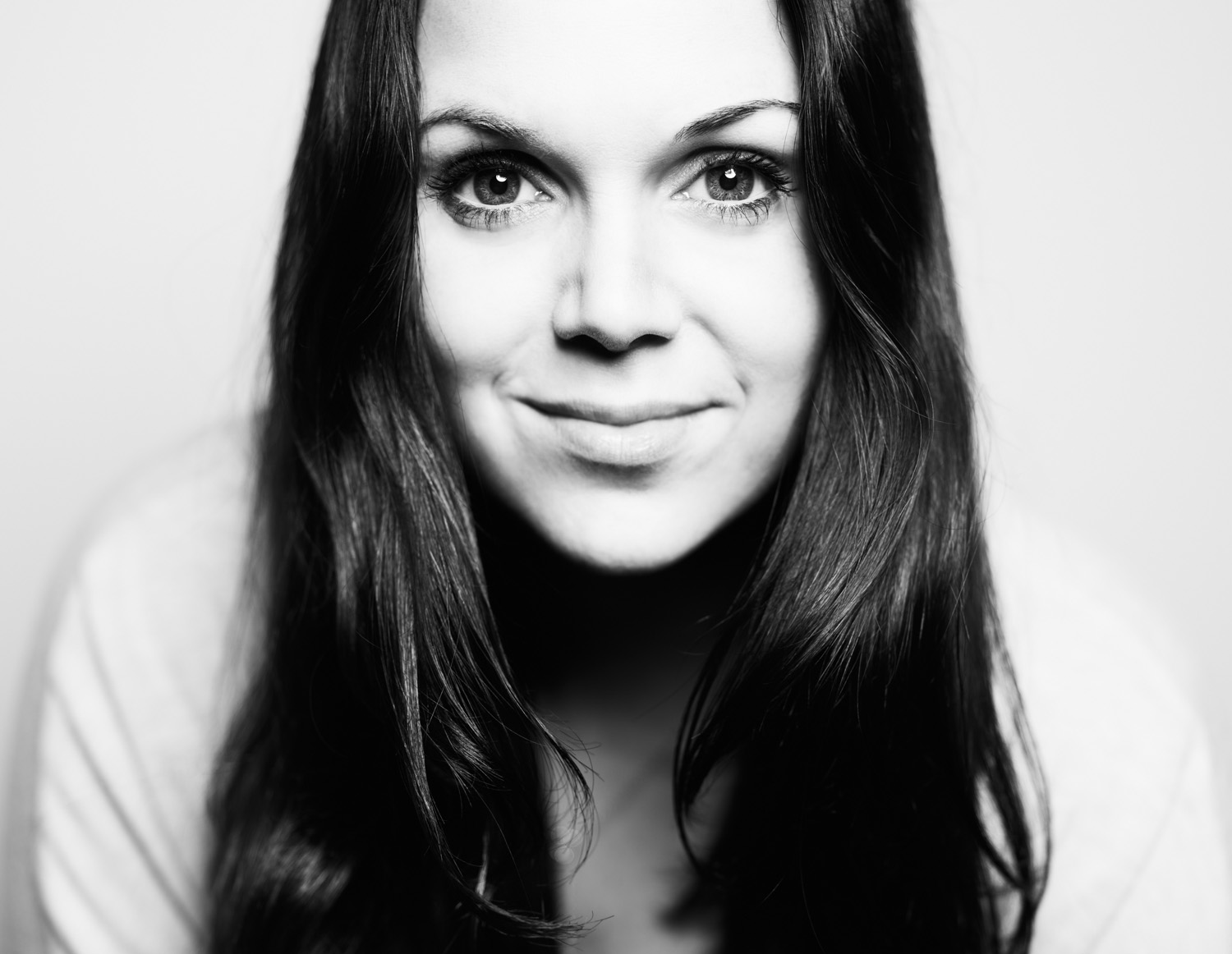
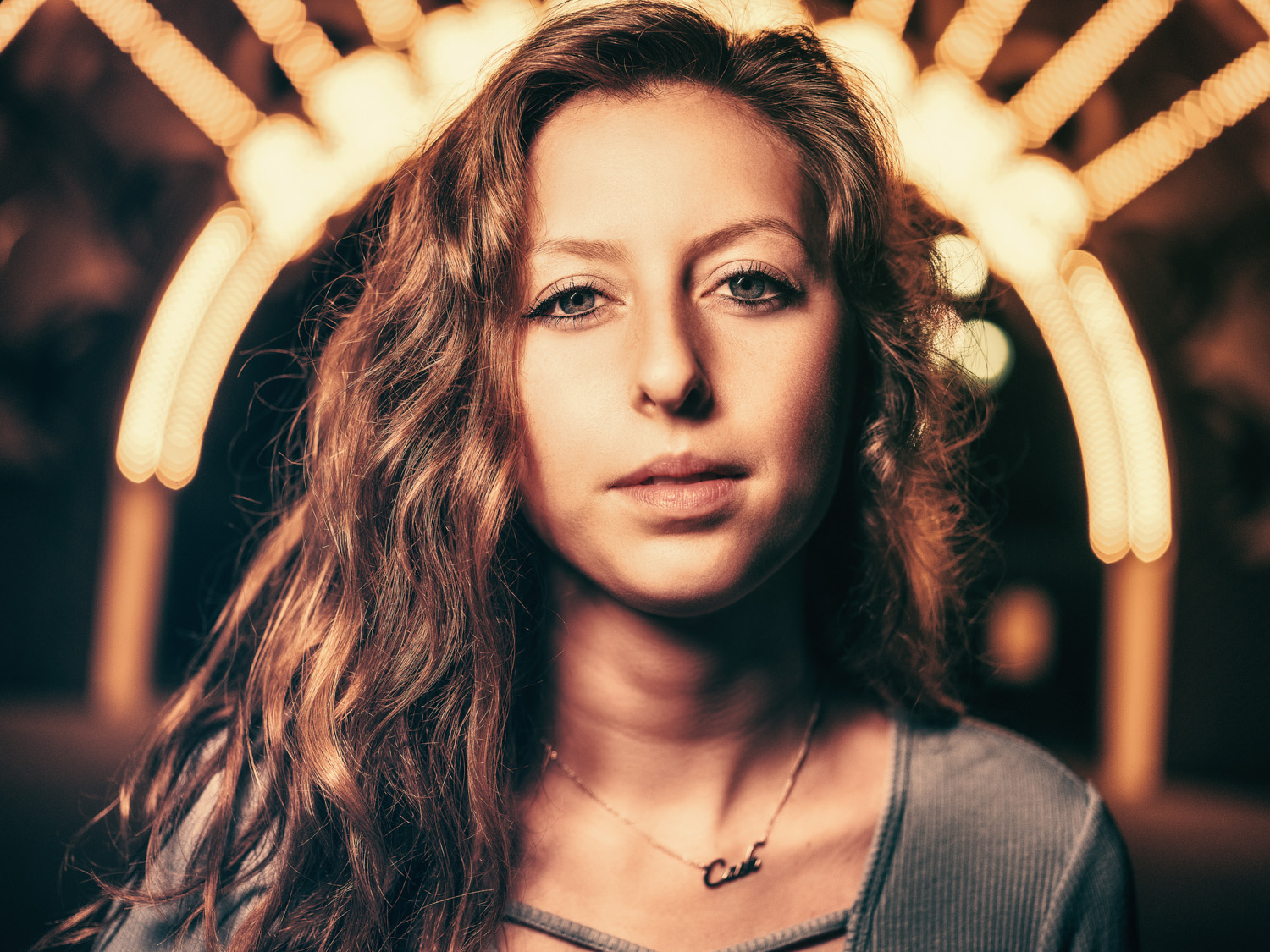

No comments:
Post a Comment